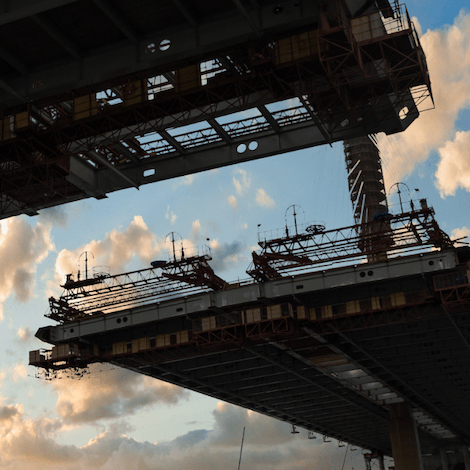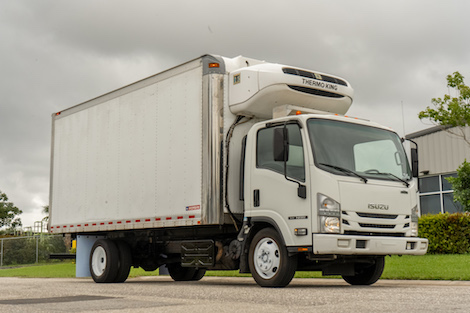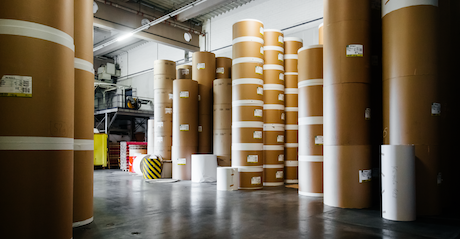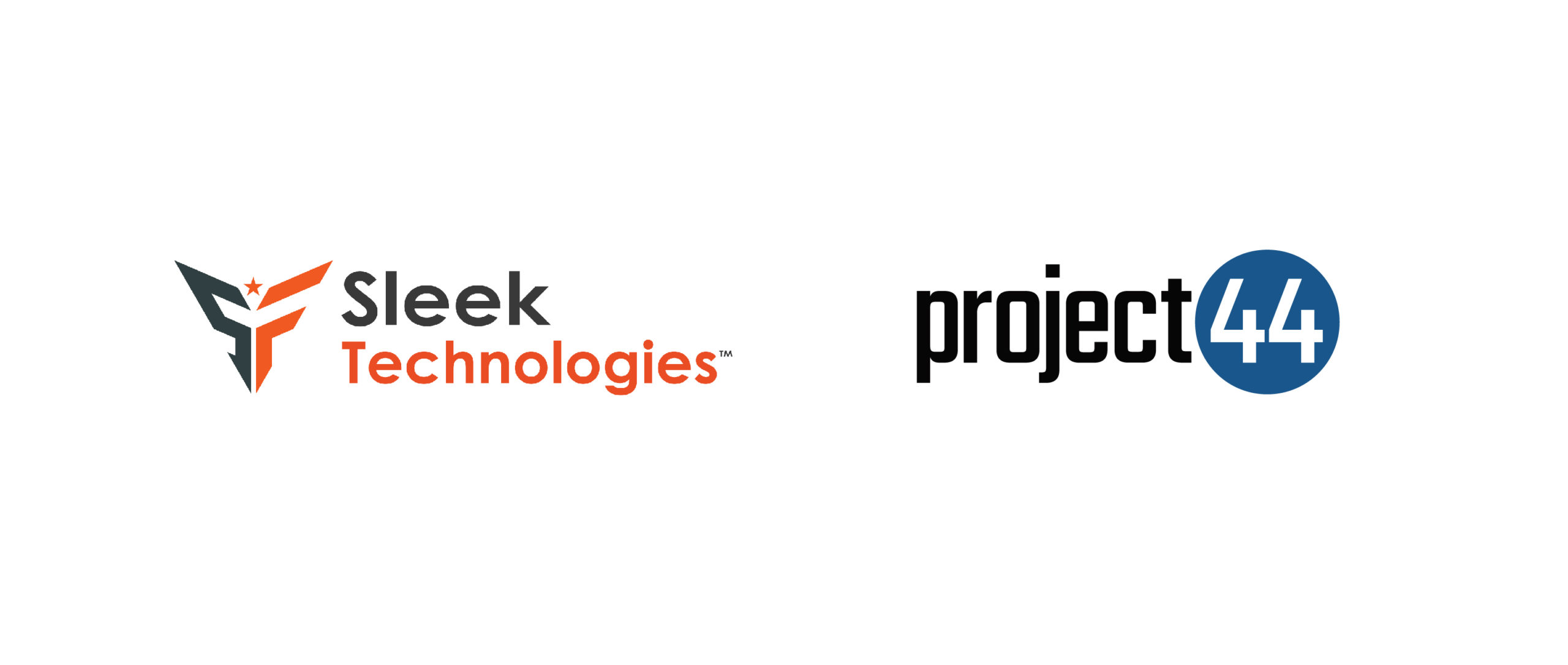


Booster Shots Add More Stress on Refrigerated Procurement
With the recent news that COVID-19 booster shots will roll out, any hopes that reefer capacity would start to open up following the notoriously busy summer shipping season have seemingly evaporated. And so, food & beverage shippers [along with other industries that require refrigerated trucks] need to take steps to manage an extended capacity crunch that will remain in effect for the remainder of 2021, and likely the early part of 2022. Here are a few tips for how reefer shippers can manage this challenge. Expand Capacity Options Once primary and secondary carriers begin to reject loads, shippers can now leverage technology to automatically open asset-based, compliant capacity so they no longer need to rely on costly middlemen to move freight. Having multiple freight capacity options, especially during prolonged capacity crunches, will be key. Simply put, having the ability to open compliant capacity with the flick of a button will help shippers improve OTD and OTIF, and lower shipping costs which is essential to making the most out of already stretched freight budgets. Remove Procurement Friction Another way to successfully manage a capacity crunch is to ensure that procurement processes are as frictionless as possible. Granted, this may seem like a big task given how interconnected procurement really is, but in actuality simplifying and streamlining procurement is much easier to do than one may think. By adopting sophisticated technologies, shippers can turn a static freight procurement process dynamic, ultimately speeding up the tender waterfall. Once optimized, procurement teams have more time to focus on other priorities, as opposed to wasting valuable time and energy chasing down middlemen to understand load status. Demand Transparency From Partners...
Logistics Concerns for the Paper & Pulp Industry
Freight procurement can be a huge pain for any industry, but especially the pulp and paper industry. From OTD to product handling, pulp and paper logistics and freight require a huge amount of forethought and spot-on execution. Yet, many pulp and paper shippers do not have the tools needed to make their logistics operations as efficient as they can be. With that in mind, here are a few reasons why pulp and paper shippers need to modernize their freight procurement operations by embracing innovative technology, along with real-time freight data. Tech Eliminates Need for Freight Broker Middlemen Given how delicate pulp and paper products are, handling these goods properly is imperative. Yet, many shippers are forced into the broker/spot market after contracted carriers reject loads, resulting in product damages and late delivery. Fortunately, with technology breakthroughs, pulp and paper shippers can take back control of their freight operations by eliminating the need for broker middlemen. Modern-day tech solutions can be configured to dynamically expand asset-based, compliant capacity when needed most. Tech, Powered by AI, Can Find the Perfect Carrier Because of demand, safeguarding OTD is hugely important for pulp and paper shippers. If a shipment is delayed, not only does it result in potential product issues, but it can also result in lost revenue. When forced to use brokers, pulp and paper shippers have little control and oversight into which carriers actually pick up their loads reducing quality assurance. Understanding a specific carrier's attributes and track record, especially when it comes to shipping delicate materials like pulp and paper, is imperative. Oftentimes freight brokers grab loads without a truck in hand and provide very little insight into...
What’s Next in Freight Technology
Much like every industry, freight procurement and shipping are evolving and changing by the day. It looks a lot different than it did ten years ago, and it will look a lot different ten years from now. Here are some things to expect from the future of the logistics space. Artificial Intelligence AI has become an integral part of many industries today, and freight procurement and logistics are no different. From market oversight to forecasting to automatically finding compliant capacity, AI is proving to be hugely important to many freight procurement teams today, allowing them to both operate more efficiently and save money. And as the technology continues to become more sophisticated and widely adopted, look for AI to really start to help logistics companies and shippers break new ground. Internet of Things One of the best aspects of the tech revolution is the amount of oversight and knowledge that businesses now have into their operations. And arguably no innovation has had a bigger impact on the logistics, supply chain and trucking industries than IoT. Whether it is tracking trucking performance and planning proactive maintenance to avoid breakdowns, or having more insight into the loading dock to make sure loads are not overlooked, IoT is helping logistics and freight procurement teams optimize their operations immensely. Connected Cities Tying into both the sections above are connected cities and shipping hubs. Still largely in development, there will soon be a time where our surroundings are contributing to the overall performance of our businesses by providing true on-the-ground insights. We are already seeing the benefits that GPS is having on route guidance, but through next-gen smart city data, we could...
The Importance of Real-Time Data in Freight Procurement
When operating in the freight procurement market today it’s imperative for shippers to have access to real-time data in order to make the best decisions possible. Luckily, thanks to modern-day innovations, access to real-time data insights is now readily available. Yet, many shippers still rely on outdated technology that doesn’t provide immediate access to the data they need. And, 3PL middlemen still don't share important freight rate data points, which means shippers are missing vital pricing information. With that said, here are few reasons why shippers need to adopt more sophisticated data science tools, and partner with data transparent middlemen, so they are empowered with real-time decision capabilities: Adaptability and Agility Perhaps the biggest advantage of having real-time data is the ability to adjust when a situation changes or something goes wrong. Without real-time data, shippers can be completely unaware of unforeseen developments, which can waste valuable time and money. Whether it’s a supply chain disruption or a sudden market shift, real-time data makes it possible to adapt on-the-fly. The most accurate view into the market With truckload capacity fluctuation happening all the time, having access to real-time data is an effective way to keep tabs on the current market landscape. The freight market is so dynamic that things change minute-to-minute, which means true market cost to haul freight can change minute-to-minute. Slow responses to market shifts can cause shippers to overpay by some 30% when hauling freight. Therefore, having dynamic oversight is a must for shippers looking to remain as budget-conscious and competitive as possible. Institutional Learning Not only do sophisticated data tools make it possible for shippers to make better decisions in...
